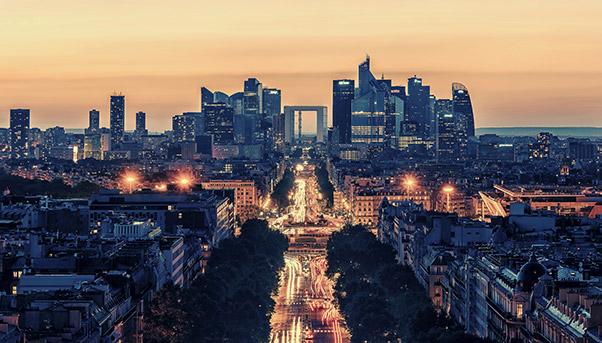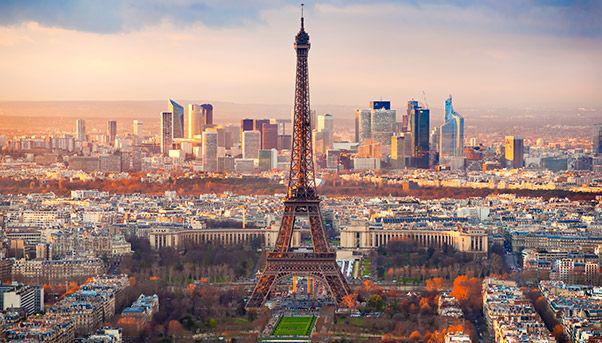
The glass towers of La Défense sparkle under the Paris sun, awaiting the seven new skyscrapers on the drawing boards of some of the world’s most famous architects that will change the skyline of the French capital’s financial district.
This transformation is occurring in anticipation of an exodus of banks, multinationals and investment funds from London after Brexit occurs in March. The exodus, in fact, has already begun.
The United Kingdom’s decision to leave the European Union and the uncertainties that is it creating is seen forcing financial market players in London to look for new headquarters for their European operations. And La Défense seems to be better-placed than rivals like Frankfurt or Milan to receive them, not only because it is already the largest financial district on the continental Europe, but also because it has made the biggest commitment to the real estate and infrastructure development that is intended to transform it into the ideal business hub.
Paris takes aim at London
Paris has set its sights on winning business from London. Late last month, Paris La Défense Chief Executive Marie-Célie Guillaume led a delegation to the British capital for what she said was a “sales campaign”, targeting financial multinationals that have decided to leave London.
This campaign is supported by the French government, with Finance Minister Bruno Le Maire telling a press conference on October 22 that Paris is the ideal place to become the center of European finance.
To demonstrate its credentials, La Défense can point to its huge infrastructure assets: 3.6 million square metres of office space, plus 275,000 square metres under construction that should be ready by 2020. What is more, living in the shadow of Le Grand Arche does not mean living in a desolate area. It is already home to some of the most important banks and financial institutions in the world. One third of the 500 companies there belong to the financial sector. The total number of people who work there is 180,000. Many of those in the financial sector saw the decision by the European Banking Authority (EBA) to move its headquarters from London to the Europlaza Tower de La Défense in March 2019, when Brexit will take effect, as a strong signal.
But EBA is not alone in choosing Paris: U.S. giants like Bank of America, Goldman Sachs, Citigroup and JP Morgan have been reported to be considering transferring staff to Paris, attracted by what the French capital can offer.

La Défense of the future
What chief executives are looking at is not the current conditions at La Défense. It is the change over the next few years that counts.
In the first few months of 2018 alone, 288 million euros were invested in infrastructure and real estate development. Construction sites are open, ready skyscrapers to rise. For starters, there is the Jardins de l’Arche Tower, with 65,000 square metres of space scheduled for occupancy in 2022. Then there’s the Link built by Groupama Immobilier, with 120,000 square meters also ready in 2022. Jean Nouvel’s Hekla looks like it will be a candidate for all sorts of sustainability prizes; the Sisters - infact, two “sister” towers - will include a hotel.
The cranes that crowd the horizon have transformed the district into a building site, but this is not the only thing that is attracting foreign investors. The entire city is undergoing a transformation, from the Olympics in 2024 to 2050 when Paris is aiming to become a carbon neutral metropolis. Not to mention the boost to the city from the Grand Paris Express, the new rail and metro system being built in what is Europe’s largest sustainable infrastructure project.
Renewal through infrastructure
The decision made by Paris Mayor Anne Hidalgo and supported by the government of President Emmanuel Macron is a bet on renewing the city through infrastructure. The Grand Paris Express plays a big part of this strategy, but the renewal of La Défense is an equally good example. The area is undergoing a transformation from a business to a residential center. It has more than 40,000 inhabitants and the goal is to increase that number by offering new and more efficient buidings. In September, for example, a new public school was opened, after an investment of 50 million euros, where lessons are given in English. Another school will be built and destined solely for the children of EBA employees, while parks, pedestrian areas, recreation centers and an arena for 40,000 people have all been added to the district. These are essential infrastructures to improve the quality of life for residents, but also an important contribution to the goal of making La Défense into the continent’s new financial center.


